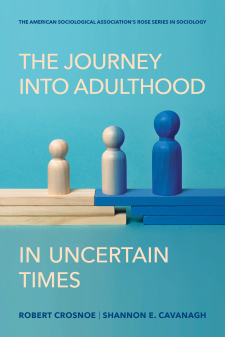Main navigation
A new book from the Foundation, Choosing Homes, Choosing Schools (2014), examines the complex relationships between schools, neighborhood social networks, and larger patterns of inequality in order to offer new perspectives on the way that residential segregation continues to affect access to education.
In his chapter, “Segregation, Neighborhoods, and Schools,” public policy scholar Paul Jargowsky (Rutgers University-Camden) traces shifts in residential segregation over the last four decades, along both class and racial lines. He assesses the extent to which race drives class segregation, and vice versa, and finds that though a small amount of racial segregation is due to poverty status—and a larger amount of segregation by class is due to race—both largely work independently of each other to shape residential segregation.
As Jargowsky notes, while segregation between blacks and whites has declined overall since the 1970s, it still remains high. Furthermore, the segregation of Hispanics and Asians from whites continues to climb, along with the segregation of the poor from the affluent within all racial groups. However, Jargowsky also finds that minority households—including relatively affluent ones—are highly segregated from affluent whites. Areas of concentrated poverty where racial and economic segregation intersect—such as the ghettoes and barrios where poor black and Hispanic populations reside—impede equality of opportunity and are characterized by high rates of single parenthood, detachment from the labor force, and a lack of access to educational resources. Since 2000, the number of high-poverty neighborhoods has risen, particularly in the wake of the financial crash and Great Recession. As the following figure shows, the number of poor whites found in areas of concentrated poverty has increased substantially since 2000, rising from 5.1% to 8% of the white population. However, African Americans and Hispanics continue to make up the majority of high-poverty neighborhood residents.

As Jargowsky warns, this intersection of economic and racial segregation is particularly detrimental to school-age children, who are more embedded in their neighborhood than adults, and have less freedom to work and travel outside these areas of concentrated poverty. Because schools in segregated, economically isolated neighborhoods are hard pressed to maintain high educational standards, the existence of these neighborhoods perpetuates a self-reinforcing cycle of disadvantage for the low-income residents who live and attend school in them. A serious commitment to increasing educational opportunities for poor populations, Jargowsky argues, must therefore begin with public policies that address racial and economic discrimination in the housing market.
Click here to read more about Choosing Homes, Choosing Schools or purchase a copy of the book.





